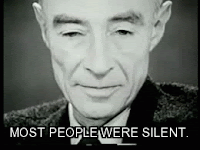Horror is a film genre that seeks to elicit fear or disgust in its audience for entertainment purposes. Horror films often explore dark subject matter and may deal with transgressive topics or themes. Broad elements include monsters, apocalyptic events, and religious or folk beliefs. Horror films have existed for more than a century. From origins in silent films and German Expressionism, horror only became a codified genre after the release of Dracula (1931). Many sub-genres emerged in subsequent decades, including body horror, comedy horror, slasher films, splatter films, supernatural horror and psychological horror. The genre has been produced worldwide, varying in content and style between regions.















































